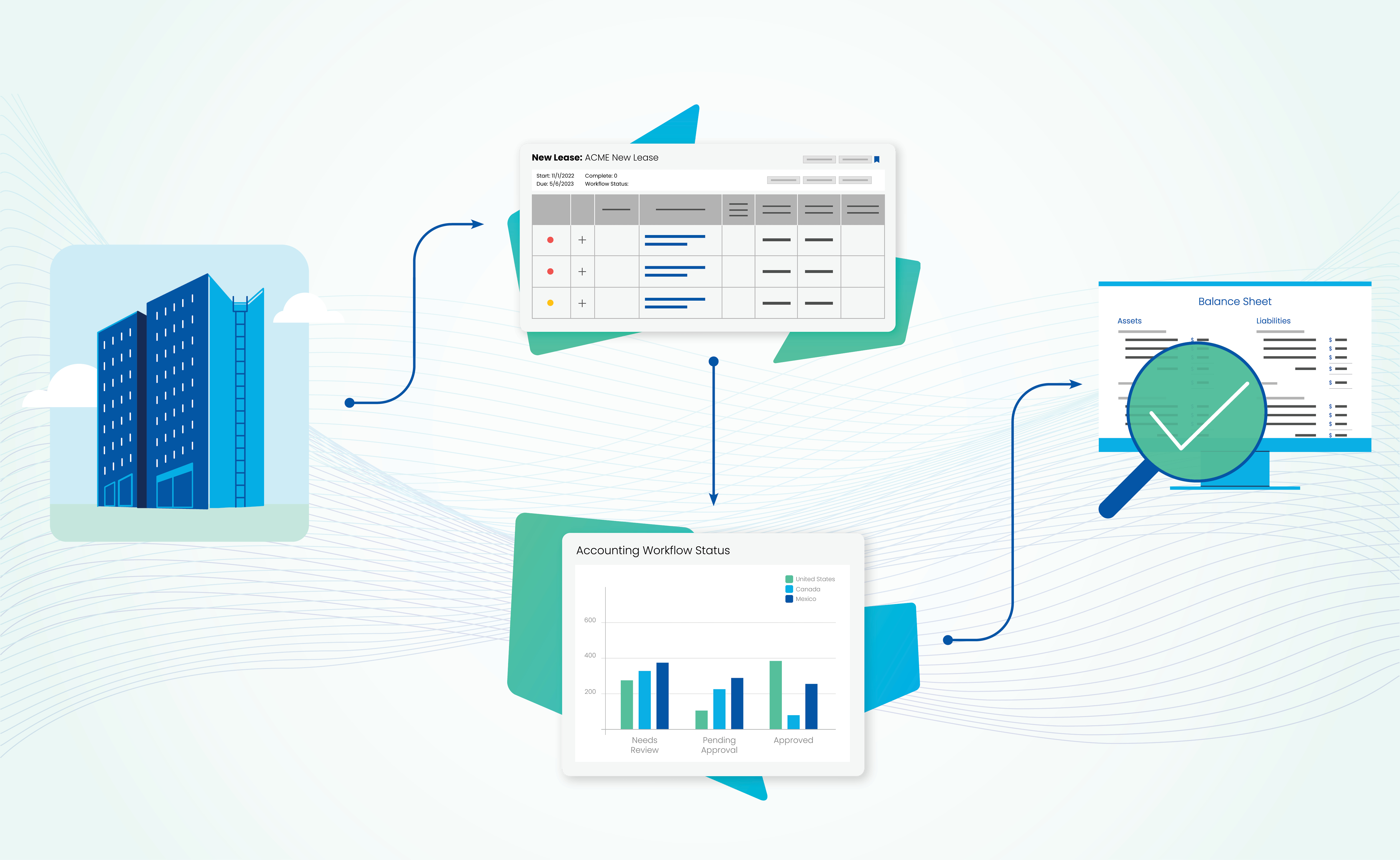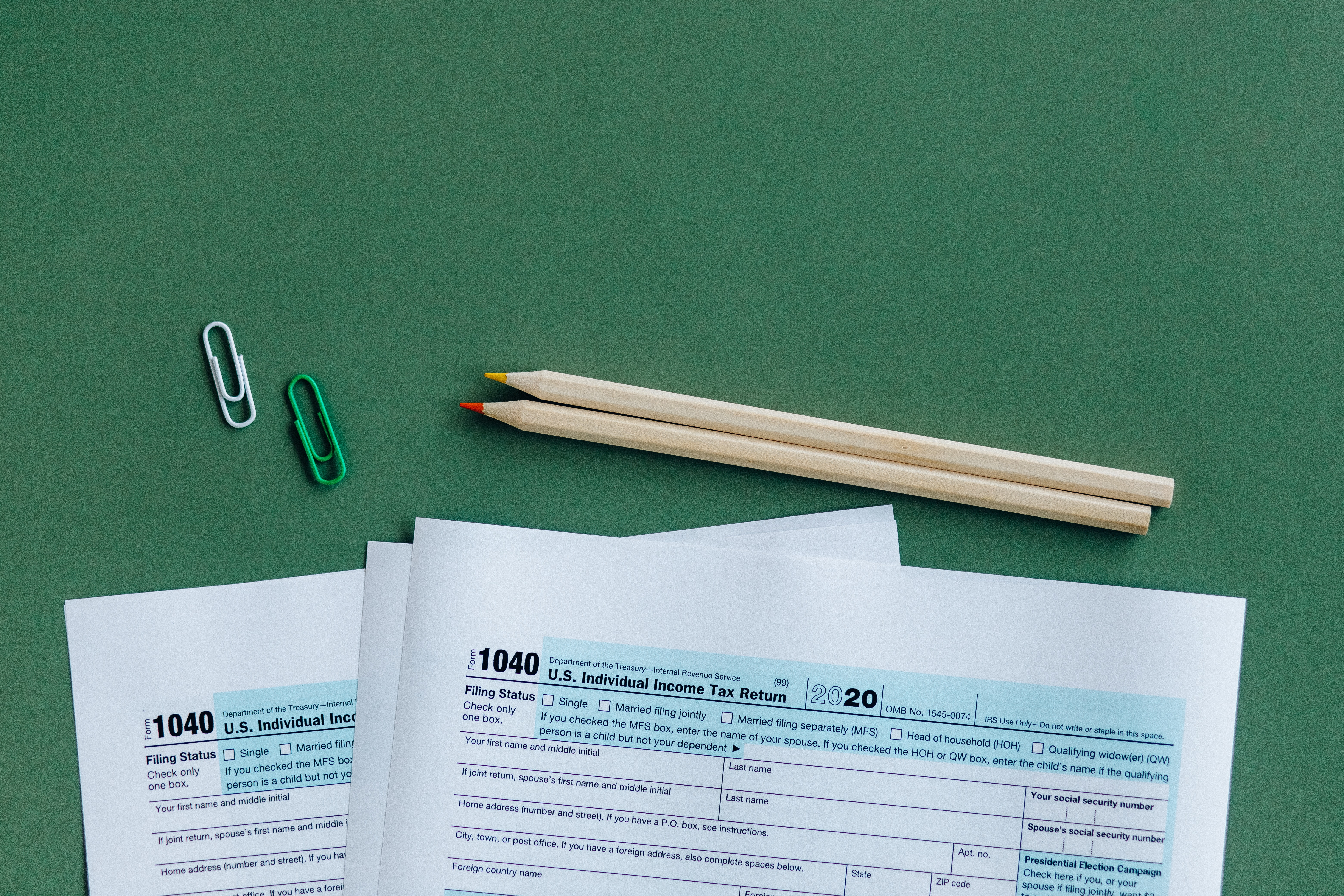Share this
by Matt Waters, CPA on October 4, 2019
Does the opening ROU asset always equal the opening lease liability? Not always.
Many public companies have already successfully adopted new lease accounting guidelines (ASC 842 and IFRS 16). The amount of lease data needed and the complexity of calculations for lease accounting have both increased. This applies to initial compliance and ongoing business processes. As a result, the leading practice is to implement an enterprise lease accounting solution.
Many people ask me, “Does the opening right of use (ROU) asset always match the opening lease liability?” The answer is, “Not always.”

Was initial compliance the easy part?
ASC 842 Lease Accounting Software for the Long Term
For companies that have been complying with ASC 840 for operating leases and are now transitioning to ASC 842, the opening ROU asset almost never equals the lease liability. The lease liability always depends on the net present value of future payments.
Per ASC 842, the ROU asset is based on that lease liability balance. But we need to adjust it for certain items. One of those items is the deferred rent balance on the books as of the end of ASC 840.
Adjusting the opening ROU asset by that amount is the only way to keep the lease cost the same. This is true when moving from ASC 840 to ASC 842.

Don't trust manual compliance for ASC 842 compliance
Without Automated Lease Accounting, You Could Fail Your Audit
Otherwise, companies have to go back to lease inception and re-abstract years of data just to achieve compliance with the new standard. This is unnecessary and can represent a massive drain on time and resources allocated to the compliance effort. True enterprise class lease accounting solutions offer an automated process. This allows for seamless transition from ASC 840 to ASC 842 guidelines, without the requirement to re-abstract old data.
The same ideas apply when moving from capital to finance leases under US GAAP. This also applies to changing from operating or finance leases under IAS 17 to the new IFRS 16 rules. Using new data is more efficient than trying to recreate old data from years or even decades ago.
Transition is not the only time that the opening ROU asset will not equal the opening lease liability. Other triggers for this to occur going forward may include:
- Direct costs such as commissions
- Lease incentives received at or before lease inception
- Impairment of the ROU asset
- Prepaid or Accrued lease payments
Many issues arise during the transition to new lease accounting guidelines. One example is the question about the opening balance. Companies that choose a reliable ASC 842 lease accounting software, like CoStar Real Estate Manager, benefit from experience and expertise.

Learn more from this author
Check out Matt Waters, CPA, and his podcast The Lease Alert
CoStar has helped hundreds of clients set up a solution for managing lease administration and lease accounting. This applies to both equipment and real estate leases. When evaluating lease accounting solutions, make sure ROU asset adjustment functionality is in place and easy to use. Don’t let a software provider fool you - you must have the lease accounting tools you need for easy GAAP compliance.
Share this
- Lease Accounting Software (89)
- ASC 842 (83)
- Accounting Teams (52)
- Lease Administration Software (26)
- Retail Tenants (16)
- Commercial Real Estate (14)
- Lease Management (12)
- Real Estate Teams (9)
- ESG (8)
- Market Data and Analytics (8)
- Success Stories (8)
- News and Media Coverage (5)
- Transaction Management Software (2)
- frs 102 (2)
- Customer Success (1)
- Office Tenants (1)
- July 2025 (1)
- June 2025 (4)
- May 2025 (2)
- April 2025 (2)
- March 2025 (6)
- February 2025 (3)
- January 2025 (4)
- December 2024 (1)
- October 2024 (4)
- September 2024 (2)
- August 2024 (5)
- July 2024 (3)
- June 2024 (3)
- May 2024 (4)
- April 2024 (1)
- February 2024 (1)
- December 2023 (4)
- November 2023 (6)
- October 2023 (4)
- September 2023 (2)
- August 2023 (2)
- July 2023 (3)
- May 2023 (2)
- March 2023 (1)
- February 2023 (3)
- January 2023 (1)
- December 2022 (3)
- November 2022 (4)
- October 2022 (4)
- September 2022 (1)
- August 2022 (4)
- June 2022 (1)
- May 2022 (4)
- April 2022 (8)
- March 2022 (3)
- February 2022 (1)
- January 2022 (2)
- November 2021 (2)
- October 2021 (2)
- September 2021 (3)
- August 2021 (15)
- July 2021 (3)
- June 2021 (1)
- May 2021 (1)
- April 2021 (3)
- March 2021 (1)
- January 2021 (1)
- December 2020 (3)
- November 2020 (1)
- October 2020 (2)
- September 2020 (2)
- August 2020 (3)
- July 2020 (2)
- June 2020 (3)
- May 2020 (1)
- April 2020 (1)
- March 2020 (1)
- February 2020 (1)
- December 2019 (1)
- October 2019 (1)
- September 2019 (2)
- August 2019 (3)
- July 2019 (2)
- April 2019 (69)
- October 2018 (1)
- August 2018 (1)
- July 2018 (1)
- June 2018 (1)
- May 2018 (1)
- April 2018 (2)
- March 2018 (3)
- February 2018 (2)
- December 2017 (1)
- August 2017 (3)
- June 2017 (2)
- May 2017 (2)
- April 2017 (1)
- March 2017 (2)
- January 2017 (2)
- November 2016 (2)
- July 2016 (1)
- June 2016 (1)
- July 2015 (1)
- March 2015 (1)
- June 2014 (1)
- April 2014 (11)
- October 2011 (1)
You May Also Like
These Related Stories

What is an ASC 842 Lease Accounting Discount Rate?

The Intersection of Tax and ASC 842 Lease Accounting



